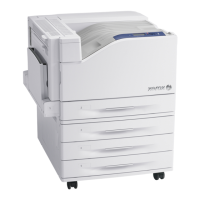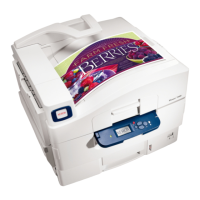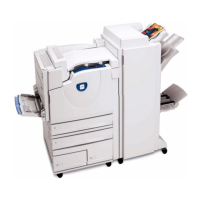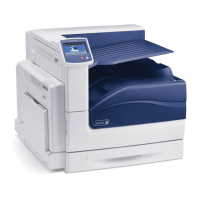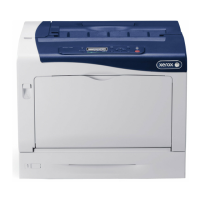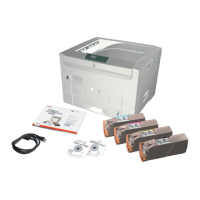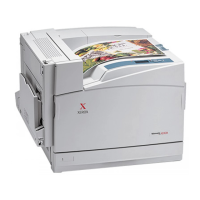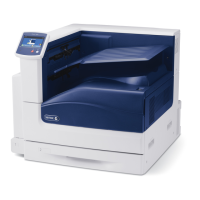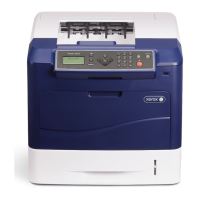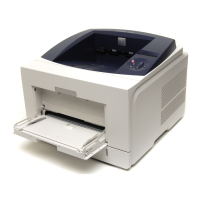4-2 Phaser 7500 Printer Service Manual
General Troubleshooting
Introduction
This chapter covers the general startup, PostScript, and power supply operations of
the printer to aid in troubleshooting problems not associated with an error code or
Control Panel error message.
For troubleshooting problems associated with an error code or Control Panel error
message, refer to the individual Status Indicator RAPs.
Troubleshooting procedures isolates a problem to a specific component or
subassembly, in some cases including the wiring harness.
Service Diagnostics are to be executed by a certified service technician only
through the Service Diagnostics Menu: Printer Menu -> Troubleshooting ->
Service Tools -> Printer Status Page -> hold the Up and Down buttons
simultaneously -> Run Service Diagnostics -> OK.
General Troubleshooting Checklist
Before starting to troubleshoot, always check these items.
1. Check the supply voltage. Is the printer plugged directly into the wall outlet? Is
the wall outlet voltage within printer specifications?
2. Check the Power Cord connection and condition.
3. Check the installation environment. Is the installation in an area that exposes
the printer to temperatures, humidity, direct sunlight, or dust that exceed
specifications?
4. Is the printer installed on a stable, level surface?
5. Check the condition of the media. Is the media in good condition, within
media specifications, and loaded correctly?
6. Check the printer’s condition. Are there accumulations of dust at the air
vents? Check the life counts of the CRU components.
Fault Isolation
Test prints can isolate printing problems to the MCU Board or Image Processor
Board by eliminating image data transfer between the two. Test prints print
directly from ROM bypassing the Image Processor Board. This allows examination
of Engine Control Board function in isolation.
Test prints are also useful for stimulating asynchronous (dynamic) events related
to the print process, or as a test for media path and media related problems. Some
other key features of test prints:
• Is the only diagnostic utility to exercise the entire print cycle.
• Isolated from the operating system (PostScript). Runs from firmware.
• Isolates the Image Processor Board from Engine Control Board.
• Captures static or dynamic events.
• Helps to isolate events that cause print artifacts or prevents printing.
